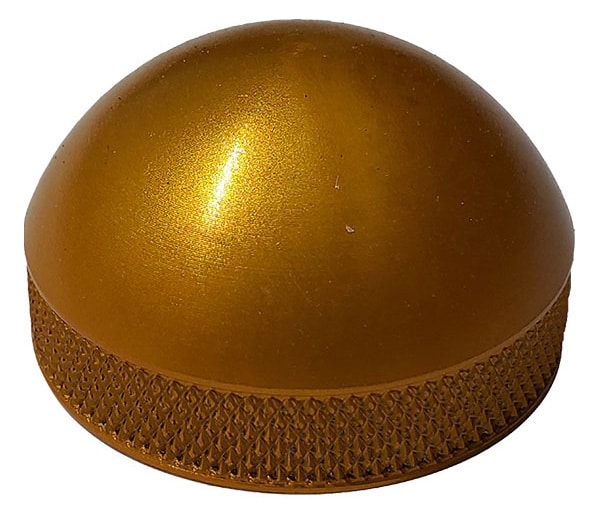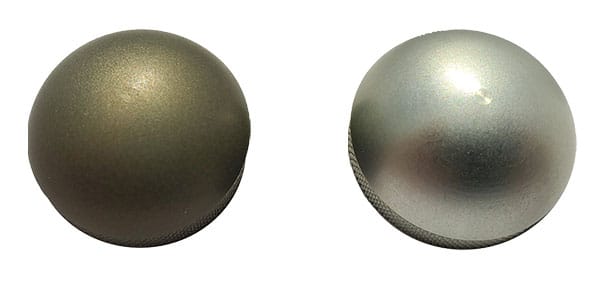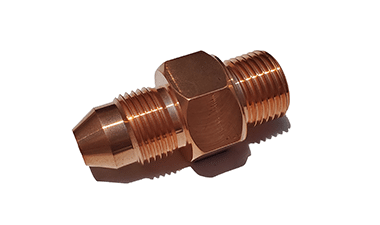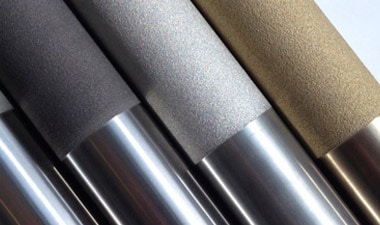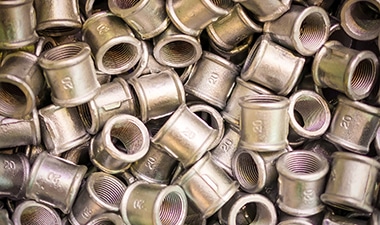Anodizing entails the immersion of an aluminum part in an electrolyte where and electric current is passed though the part. The surface is converted to aluminum oxide. Proper formation of an aluminum oxide coating provides the aluminum surface with an increased resistance to corrosion and abrasion. In addition, it serves a base for color absorption to great decorative finishes.
Each alloy anodizes differently because each alloy contain differing amounts of the elements that make up the alloy. For instance, 2024 has a higher content of copper than 6061. This makes it very difficult to anodize alloy 2024. Most aluminum can be anodized, but some alloys are easier than others. Castings tend to give the anodizer the most problems because of the porosity/roughness of the casting and the alloying materials used in the casting process.
Part Fabrication
While most surfaces of a part can be anodized, the designer needs to consider the realistic properties of the anodizing process. Parts that are assembled, welded, joined, and have recesses can pose problems for the anodizer. Additional steps may need to be taken to overcome these issues. Contact Surface Techniques and we will discuss with you how to get around some of these issues.
Adding Color
Color can be added to most types of anodizing. However, it is also affected by type and the aluminum alloy used. Each alloy can produce a different “natural” color after anodizing. This can affect the shade or tint of the desired final color finish. Type of anodizing has a similar effect. Generally Type II will give the “cleanest” color.
Sealing
Sealing is the last step for most of the anodizing processes. This closes the pores in the aluminum oxide layer and adds corrosion resistance. Color anodizing requires a seal regardless of the type. Hard clear anodizing (Type III Class I) may be processed without sealing. Sealing Type III Class I adds a small increase in corrosion resistance, but also give a small decrease in abrasive resistance. Surface Techniques utilizes a deionized water/nickel acetate seal for our Type II and Type III color work. For our non-color work, we utilize a nickel acetate seal designed for this purpose.
Sealing hard coat yields:
- Better Lubricity
- Better Weather Fastness
Anodizing improves the performance of your parts for:
- Wear Resistance
- Elective Resistive Properties
- Corrosion Resistance
- Aesthetics, ideal for producing intense colors


